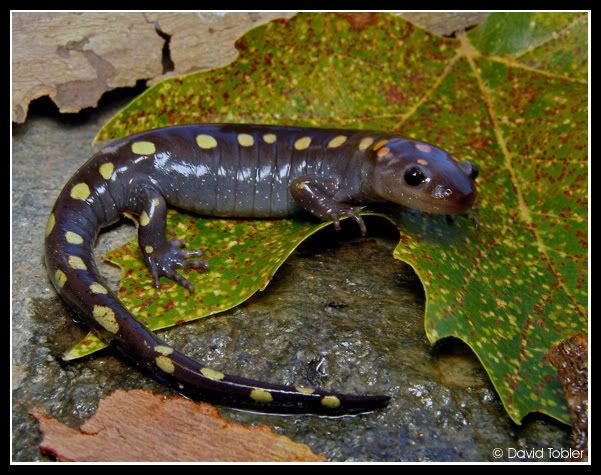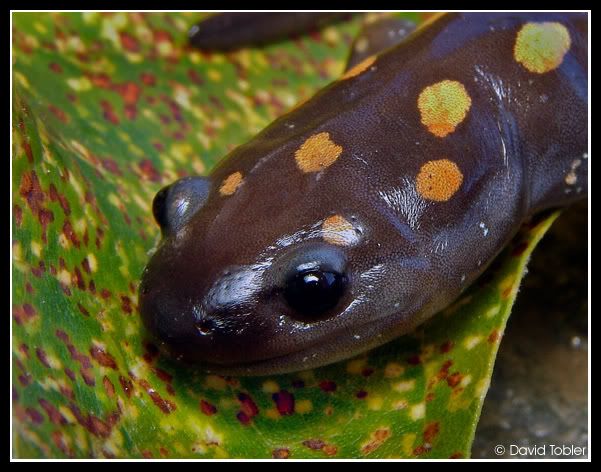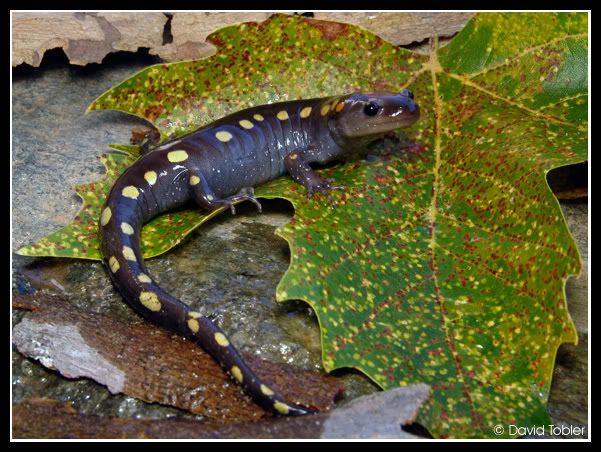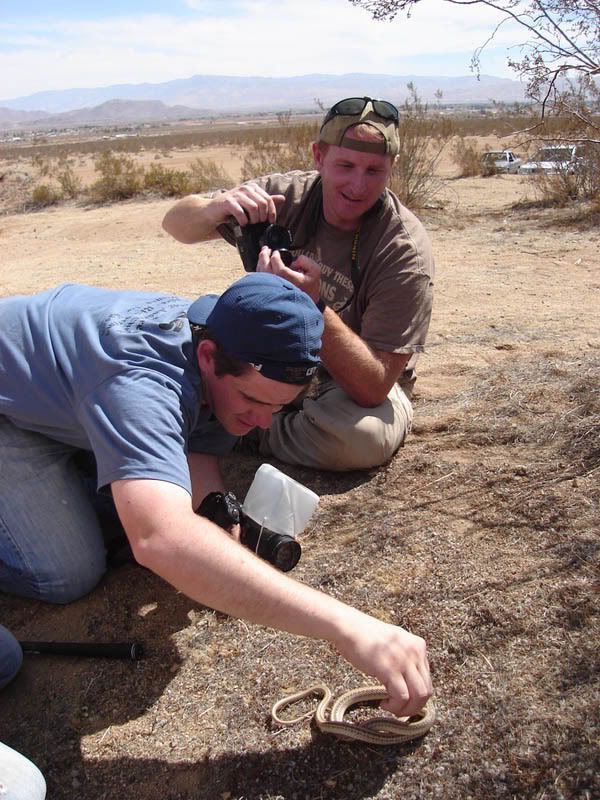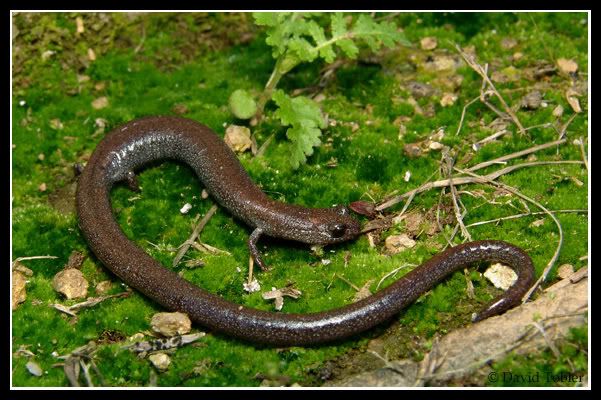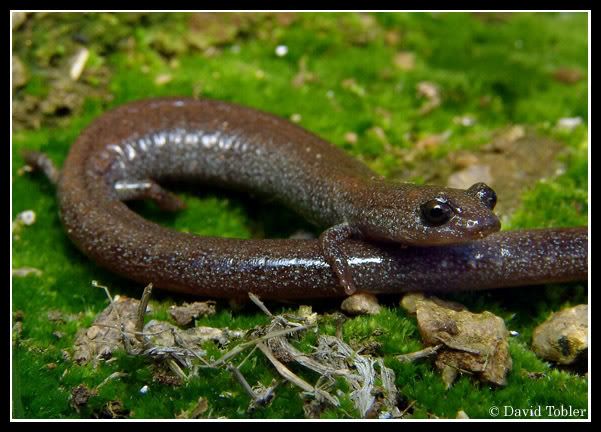David Tobler
Member
- Joined
- Feb 1, 2008
- Messages
- 53
- Reaction score
- 4
- Points
- 8
- Country
- United States
I snapped some shots of one my spotties today. I picked up a group of 10 about 2 months ago, and finally got around to taking a picture today. I only snapped pictures of one of them. Hope you guys like them.
